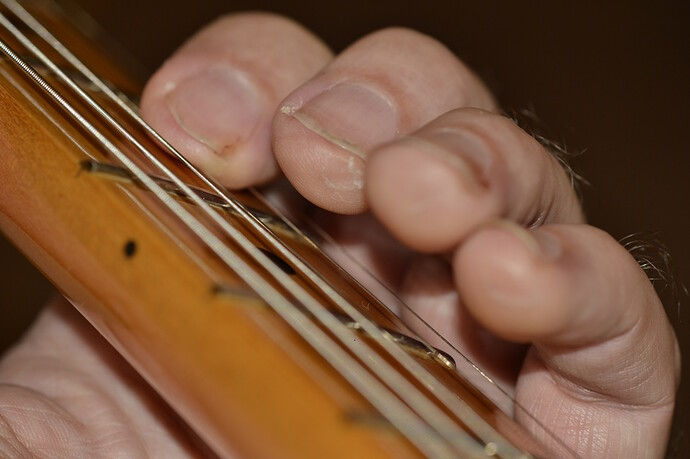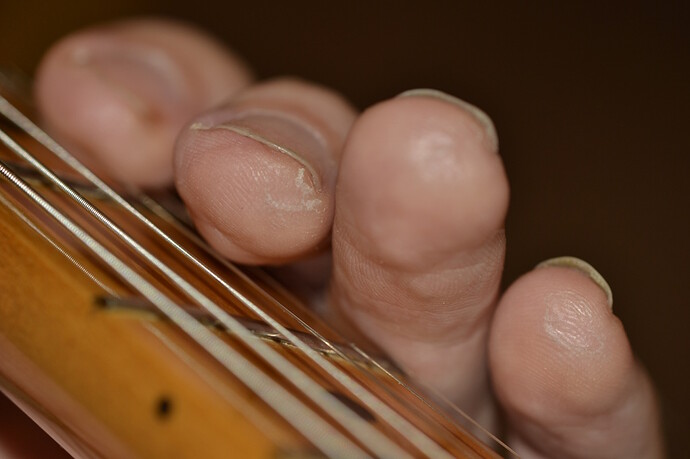Ok so…I wanted to share my opinion on the topic/discussion and I wanted to preface it by saying how this opinion is formed:
I’ve been teaching guitar for a living for the past twenty years, wide wide range of students from lots of absolute beginners and small children to professional players that already have music degrees and are regularly performing, and I’ve spent a LOT of time looking at people’s fretting hands, playing a variety of genres, and trying to coach them to make adjustments that will make their playing better, and I’ve tried VERY hard to not be dogmatic about things and instead really look at whether something is working or not, and NOT just assume my theories are correct because they seem logical to me. I think the last thing is the hardest part because it’s so easy to be guilty of confirmation bias and not realize it.
I’m not trying to claim authority, I just want it to be clear that I’m not coming from a place of simply “my teacher said this” or “i think this is probably the right way, and this is the wrong way”, this is my experience out in the “real world” just looking at what a LOT of people’s hands are doing and problem solving in real time, over a long period of time, with a lot of different students.
OK that being said - I never say “always curl your fingers” or “always have your finger joints be in this angle” and of course never “always have flat fingers” - I would never say that, because:
- it’s too context specific; chords vs single notes, what the exact sequence/voicings are, what the genre is, what the biggest challenges of the passage are, whether it’s on high strings or low, etc, the proportions in the individual students hand, their flexibility, etc etc
- we can’t really talk about “flat” vs “not flat” without:
a. defining which joints of the fingers and some general range of degrees for those joints
b. factoring in all other angles involved, including but not limited to: degree of wrist flexion, extension, how angled up the guitar neck is, how far out the guitar neck is, how tilted on the lap the guitar is, which leg the guitar is on, what the size of the guitar is, what the size of the person is, etc etc
So I definitely instruct on this topic a lot but how curled I tell a student to be varies greatly on all the above, and what we’re trying to play in that moment. Hell, there are often times in single notes where I’ll coach a student to try to have one finger less curled but another finger more curled, it just depends.
All that being said, here’s what I think IS most valuable about this topic:
I WOULD say, if a passage is giving you trouble or not feeling as easy as you think it could be, it’s worth experimenting with the degree of angle in your fretting fingers…it’s possible less curvature could help, and it’s also possible more curvature could help.






